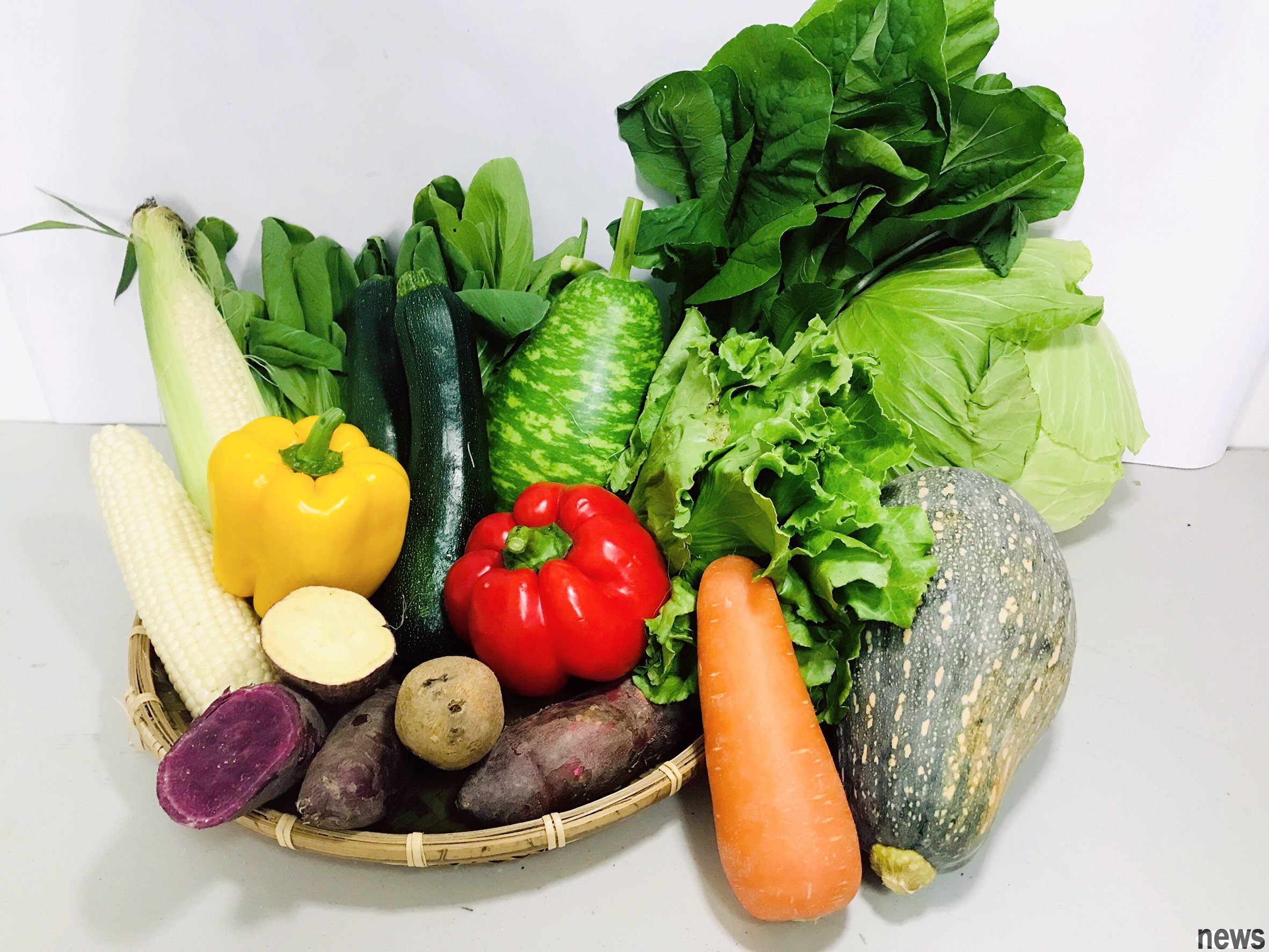A 55-year-old white woman has chronic kidney disease and poor kidney function, but she is not as good as her kidney washing. One day, she was sent to the nursing ward for drowsiness, mental disorder, and continuous urine loss. After examination, she...

A 55-year-old white woman has chronic kidney disease and poor kidney function, but she is not as good as her kidney washing. One day, she was sent to the nursing ward for drowsiness, mental disorder, and continuous urine loss. After examination, she found that there were a large amount of oxalic acid crystals in the human kidney, which led to acute kidney failure. Although the emergency kidney washing made her recover her life, she would have long-term kidney washing. A doctor at Hershey Medical Center, Bin, USA, found that women consume 1,000 mg of vitamin C per day for a long time, which is likely to be the metabolism that causes kidney function to become malignant. This study was published in the medical journal Cureus in December last year.
Vitamin C can produce oxalic acid when it is passed through the generation of vitamin C,Director of Linkou Changgeng Clinical Toxic Center and Professor of the Department of Bed and Department of Changgeng Hospital, said that in Taiwan, many people will supplement health foods additionally, among which vitamin C is a good antioxidant and is considered to help reduce the risk of cardiovascular disease and cancer, but you still need to pay attention to the upper limit of intake, because vitamin C can produce oxalic acid when it is passed through the generation of vitamin C, and oxalic acid is easily depressed in the kidney organization.
{99}Yong Zonghai pointed out that oxalic acid calcium is the largest component of the calcium, accounting for more than 90%. If the kidney function is not good or there is a chronic kidney disease, oxalic acid calcium may cause kidney injury, accelerate the course of the kidney disease, causing patients to enter the terminal stage of the kidney disease early, or even start to cleanse their kidneys, just like this case in the study.
According to the research content, this woman eats a variety of vitamins every day, including 1000 mg vitamin C, 500 mg calcium, 500 mg cranberry, 5000 single vitamin D, digestive enzymes, and other vitamins with unknown ingredients. The researchers were unable to estimate how much vitamin C she took every day and how long she took it. They could only determine that it would be at least 1,000 mg per day for a long time. Because other known causes cannot be found, researchers recommend that long-term high doses of vitamin C are the most likely cause of acute kidney failure.
The intake from vegetables and fruits is the least likely to exceed the amountJong Hai said that according to the national dietary nutrition reference upper limit set by the National Health Administration, a maximum of 2,000 mg of vitamin C per day, which includes the sum of diet and health foods. If you eat too much supplement, you may overdose. Therefore, the Food and Drug Administration also stipulates that the content of vitamin C health foods should not exceed 1,000 mg. Therefore, if the list of health foods on the market contains 1000 mg of vitamin C, there is no violation, but the public must clearly see the outsourcing label and take appropriate amounts. They cannot supplement more than 1000 mg, so as not to avoid the total daily intake exceeding 2000 mg, which will cause damage.
If you want to safely extract vitamin C, Yang Zonghai recommends taking it from vegetables and fruits first, which is the least likely to exceed it. For patients who have had kidney stones, Yang Zonghai said that this is the most common man who drinks too little water and loves heavy tastes. He suggests that he should adopt a "low oxalic acid diet", that is, deliberately avoid excessive oxalic acid-rich ingredients such as spinach, tea, cocoa, chocolate, cole, and stone fruit. He should also pay special attention to the supplementation of vitamin C, and must never exceed 1,000 mg per day.